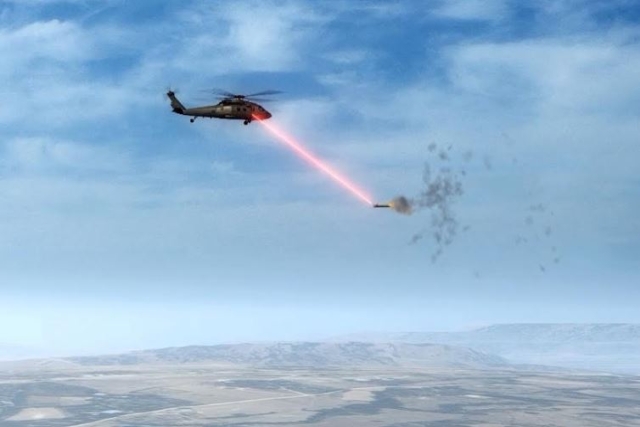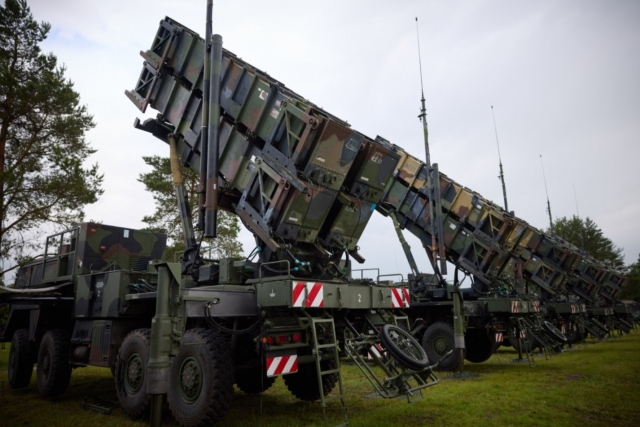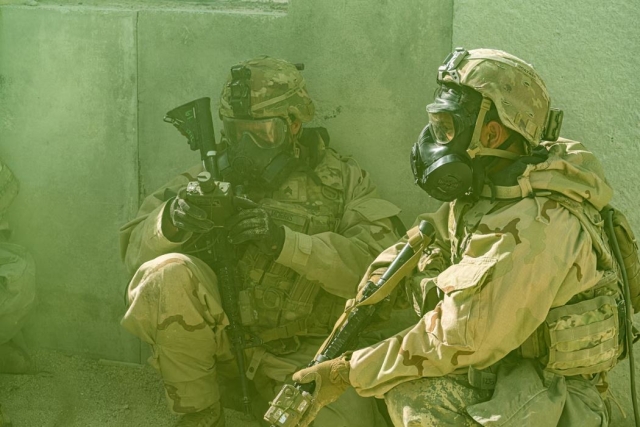Chemical & Biological Threats: Surveillance as the First Line of Defense
Chemical and biological agents, whether in the form of weapons employed by terrorists or rogue states, toxic spills or naturally occurring pandemics, pose a significant risk to the U.S. homeland.>> The threat is growing due to the enhanced globalization and mobility of society, the explosion in chemical and biotech expertise and the resulting ease with which chemical weapons can be created and pathogens can be covertly grown, prepared, transported and released.>> Early and accurate detection, characterization and warning of a chemical or biological event are critical to an effective response. To achieve these objectives, an integrated system of sensors is needed. This is particularly the case for a biological event. In the case of a biological outbreak in a heavily populated or traveled area, large numbers of people could be infected.>> However, biological agents have a latency period during which the infected individuals can transmit the disease but also during which antibiotics can prevent its outbreak. Every hour of early warning is critical and specific techniques for detecting and initiating an early response against these threats are required in advance of the onset of symptoms among the infected population. The impact an early warning system can make is literally the difference between life and death.>> Although work remains to be done to improve the effectiveness of chemical threat sensors, the greatest need is for better biological sensors and a supporting information technology network.>> The current generation of biological sensors is deployed on a limited basis in some 30 large urban environments. They collect airborne particles onto solid filters that are collected manually every 24 hours and transported for analysis to state and local public health laboratories. This is a relatively slow, labor-intensive, expensive and inadequate approach to a nationwide surveillance system.









